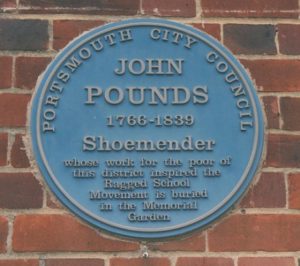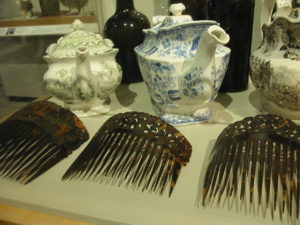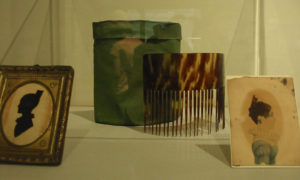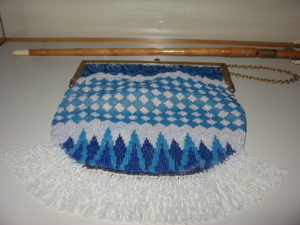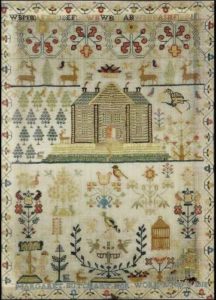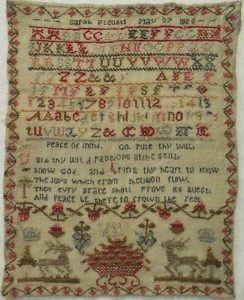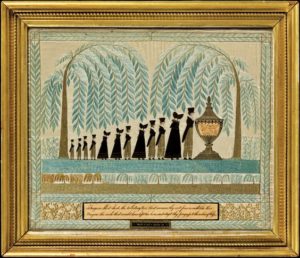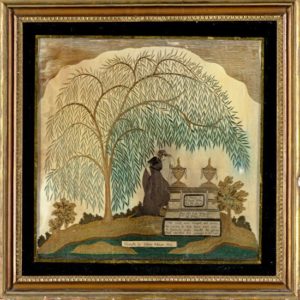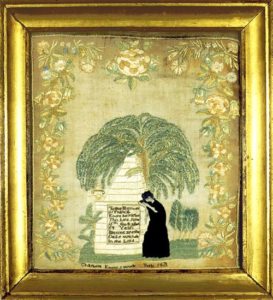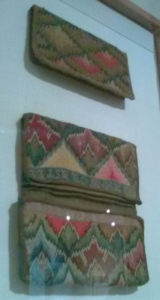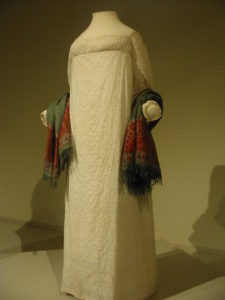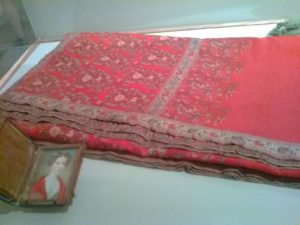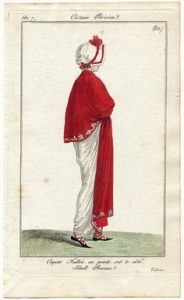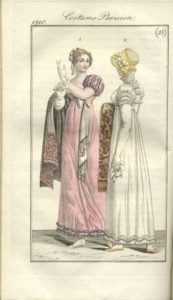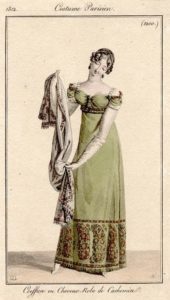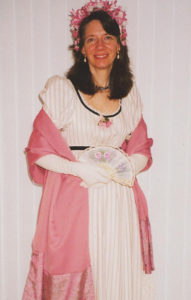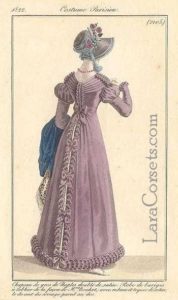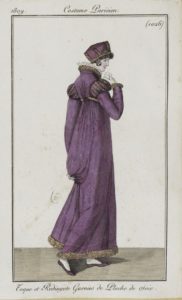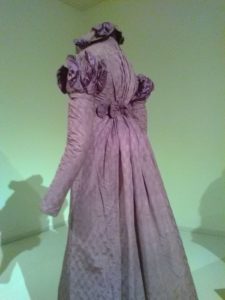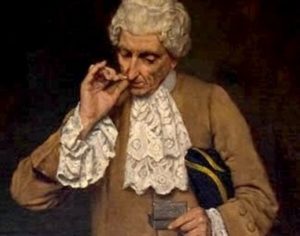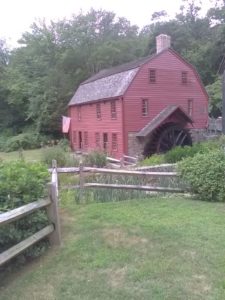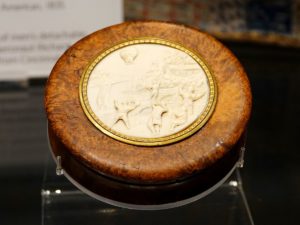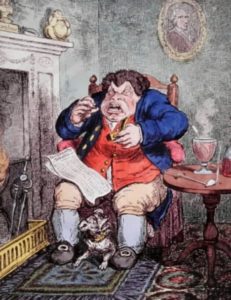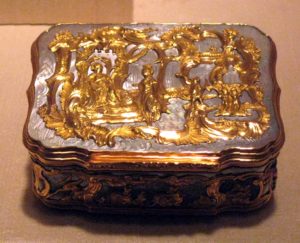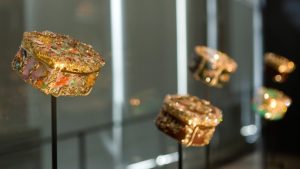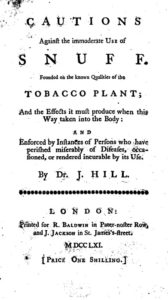If this were Regency times, I wouldn’t be putting my thoughts into writing today. Given the medical misfortunes I’ve suffered recently, I would be dead. Sobering, right? Let me tell you, right now my appreciation for a certain Regency doctor and his contributions to modern medicine is boundless. I’ll get to the part where Princess Charlotte fits in shortly. Bear with me!
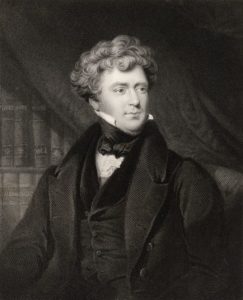 Diane’s March 5th post about the Brontes and the ways disease decimated their family was a vivid reminder of how far modern medicine has come in the understanding, prevention and treatment of diseases. I am thanking God and the stars right now for the similar advancement in medical tools and techniques, and understanding of the human body. In particular (and also most appropriately in this year of 2018), I am grateful for Dr. James Blundell, who was so horrified by the frequent deaths of women from bleeding after childbirth that he managed to re-open the medical world to studying the possibilities of blood transfusions.
Diane’s March 5th post about the Brontes and the ways disease decimated their family was a vivid reminder of how far modern medicine has come in the understanding, prevention and treatment of diseases. I am thanking God and the stars right now for the similar advancement in medical tools and techniques, and understanding of the human body. In particular (and also most appropriately in this year of 2018), I am grateful for Dr. James Blundell, who was so horrified by the frequent deaths of women from bleeding after childbirth that he managed to re-open the medical world to studying the possibilities of blood transfusions.
To really understand what he accomplished we need to briefly look back further. You see, medical researchers in the mid-1600’s had tried to investigate and study the idea of transferring blood to help save lives. Unfortunately, most of their results had been pretty disastrous. This led authorities in France (the Chamber of Deputies), England (the Royal Society of London), and even the Pope (Papal Edict of 1678) to formally prohibit any further experimentation or study on the transfusion of blood.
Fast forward 150 years, and enter our hero, Dr Blundell. Born in 1790, he became a prominent London obstetrician, studying under Sir Astley Cooper, known for his achievements in vascular surgery, and also under his uncle, Dr. John Haighton, focusing on midwifery and physiology. He attended the University of Edinburgh, obtaining his medical degree in 1813. He returned to London to begin his medical practice and was recognized as a lecturer with his uncle on the topics of physiology (1816) and midwifery (1817) at the combined schools of St. Thomas’ and Guy’s Hospital in London.
Post-partum hemorrhage was a common cause of death for women after childbirth and the lack of remedy for it horrified the young obstetrician, sources say. I believe it is no coincidence that Dr Blundell was moved to break the 150-year-old taboo on studying blood transfusion after such a much-loved and very public figure as Princess Charlotte died from post-partum hemorrhaging in November of 1817 while her physicians stood by helplessly. 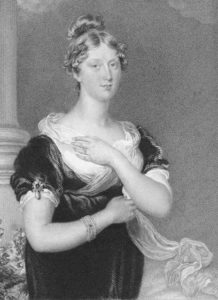
With his star on the rise, at the age of 27, Blundell had perhaps both more to lose and more potential for success than more established physicians of the period. All in the following year, he performed the first known successful blood transfusion, using a husband as donor for his wife, published an important paper titled “Experiments on the Transfusion of Blood by the Syringe” and was named a licentiate of the Royal College of Physicians.
Blundell modestly claimed he investigated the transfusion of blood “with a view of keeping this valuable option before the profession in the hope of adding something to the body of facts.” He performed 10 blood transfusions between 1825 and 1830, with a 50% success rate.
Throughout the Regency period and beyond, Dr Blundell continued to have a major impact on the field of medicine, and not just in the area of blood transfusions. Frustrated by the limited tools he had to work with, he devised new tools and methods, and his research also opened up new areas of study, particularly that of abdominal surgery. He became the sole lecturer on his topics at St. Thomas’ and Guy’s upon his uncle’s death in 1823. His lectures were collected and published in several versions during the 1830’s, culminating with “The Principles and Practices of Obstetricy as at Present Taught by Dr. James Blundell” (1834).
Two years later, however, the doctor had an “irreconcilable” dispute with the administration at Guy’s Hospital and retired from teaching at the age of 46. He did continue his private practice, and was made a Fellow of the Royal College of Physicians in 1838.
The biography of Blundell by Stacy L. Adams at the Healio.com website has this to say about Blundell’s later life: “Often referred to as eccentric, in his later years Blundell had both interesting and unusual sleeping patterns. He rose midday and saw patients in his home in the afternoon hours. After dining he began a round of house calls as late as 8 p.m. or 9 p.m. He carried many books with him, which he read between calls by the interior light affixed to his carriage. Blundell retired in 1847 and moved to a large house in Piccadilly, London, where he lived in relative anonymity. He died on Jan. 15, 1878.”
Would Dr. James Blundell have been inspired and horrified enough to pursue his “forbidden” research in 1818 without the public tragedy of Princess Charlotte’s death? Who can say? I am eternally grateful that he did. When a “simple” surgical procedure I had at the beginning of March went horribly awry, I was able to have five blood transfusions over about as many days until my doctors were finally able to stop my internal bleeding. Without Blundell’s discoveries about many aspects of transfusion (which I’ve not gone into here), doctors who came after him would not have made the discoveries they did, including the typing of blood (c. 1900) or the importance of matching donor/patient blood types, or even the development of blood banks. Do you think Dr. Blundell could ever have imagined his work leading to anything like those?
I do want to give a shout out to all the people who donate blood to blood banks around the country. Are you a blood donor? What do you think about that? You never know when the life you save could be that of someone you know. Someone’s gift of blood saved me –along with all these other historical matters! If you are healthy and able to give blood, I hope each of you reading this post will consider donating the next time a blood drive happens in your area. Think of poor tragic Princess Charlotte and heroic Dr. James Blundell, forging ahead where no one dared to go for 150 years before him. Thank you!




